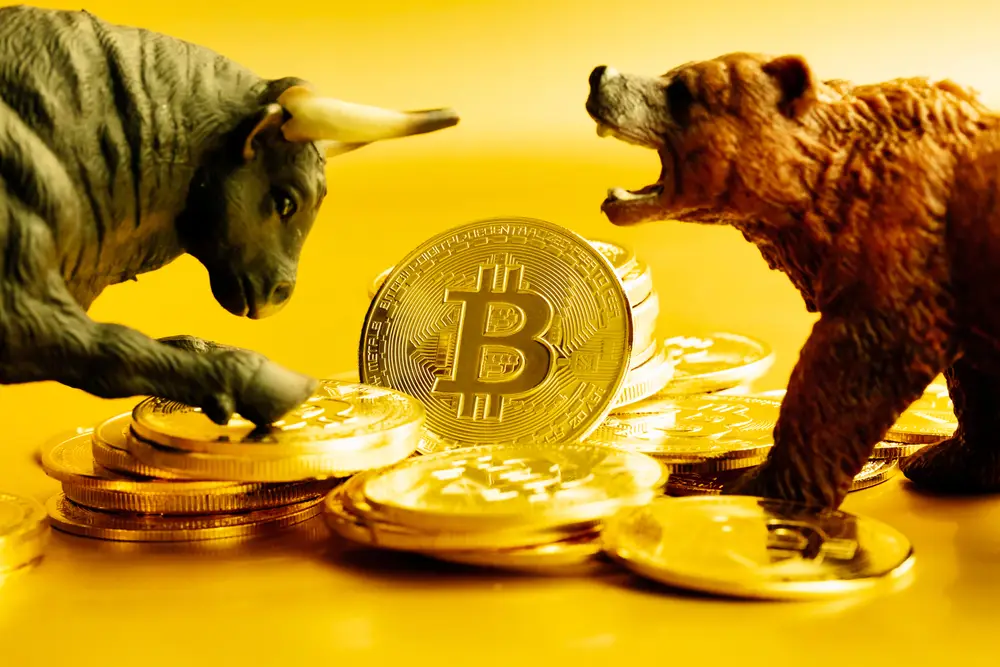Prominent prediction markets such as Kalshi and Polymarket are filled with open markets speculating on the future performance of various tokens, including Bitcoin (BTC), Ethereum (ETH), Solana (SOL), and more. This is standard practice in the digital assets space, which is deeply rooted in community sentiment due to its decentralized nature.
Historically, such ‘social sentiment’ has been gauged through informal, often noisy channels like X (formerly Twitter) and Reddit. However, prediction markets could introduce a new, more structured approach for token performance speculation. This is because they are financially incentivizing participants to back their beliefs with capital.
An open market on Kalshi, for example, where traders are asked to place their consensus on which cryptocurrencies will have a positive return this year, sees BTC beating the popularity sentiment at 86% (87¢). Could prediction markets be the next “go-to” source for crypto market sentiment?
Prediction markets speculate on future crypto price movements
Maksym Sakharov, the co-founder and CEO of WeFi, told Prediction News that prediction markets could represent “one of the purest forms of sentiment” for cryptocurrencies and provide a quantifiable signal of market expectations.
“Let’s put it this way: instead of relying on vague social media chatter or analyst opinions, you could have people putting real money on the line. That way, conviction is made. When a market shows a high probability for a certain outcome, it reflects a strong collective belief from those willing to back it up with capital.”
An open market on Kalshi, for example, speculating on the tokens that will have positive return this year sees a high trader consensus for a positive Bitcoin return in 2025 with implied probability at 86%. Ethereum is priced at 81¢ with an implied probability of 80%. It is followed by Ripple (XRP) at 85¢ (75%), Stellar Lumens (XLM) at 63¢ (70%), and Litecoin (LTC) at 74¢ (69%).
Tokens with the lowest odds include Polkadot (DOT) priced at 13¢ (12%), Shiba Inu (SHIB) at 18¢ (17%), and Dogecoin (DOGE) at 26¢ (20%).
Sakharov added that macroeconomic factors often also influence a token’s trajectory, which is why most investors are likely to put their capital into assets that they “believe” will grow. This is reflected in the Kalshi market with BTC and ETH taking the lead as the tokens with the highest probability for positive return.
Expert takes: Which cryptocurrencies will have positive returns in 2025?
In line with predictions on Kalshi, experts note that the tokens likely to have the highest returns in 2025 are the top 100 coins. According to David Minarsch, the founder of Olas, this is because these tokens are “well priced relative to available public information.”
WeFi’s Sakharov added that based on recent market sentiment, the most spoken-of cryptocurrencies seem to be in a good place for a positive year.
“Bitcoin still holds the crown in every aspect. The ‘digital gold’ story has never felt stronger, especially with institutional money flowing in through ETFs… Ethereum is looking very strong this year, with fee burns keeping supply in check, rollups improving speed and efficiency, and steady upgrades helping it stay at the top of all lists… Solana’s expansion story feels far from over, and its speed and low costs make it the best contender for everyday use, from NFTs to gaming.”
Prediction markets are a potential cornerstone of crypto sentiment analysis
While prediction markets have proven to be valuable in reflecting real-time market sentiment, their potential to become “go-to” platforms still hinges on broader adoption and deeper liquidity, WeFi’s Sakharov said.
“A more likely scenario is that sophisticated analysts will blend prediction market data with other common sentiment indicators, such as social media trends, news analysis, and on-chain data, to create a more robust and multifaceted view of market sentiment.”
Olas’ Minarsch noted that the price of digital assets with good market structure, such as high-volume markets and good liquidity, often reflects the bulk of available information, thus making it unlikely for prediction markets to provide crypto communities with any additional information.
“For niche assets and verticals with less liquid assets, prediction markets can be an interesting complement to price.”

























